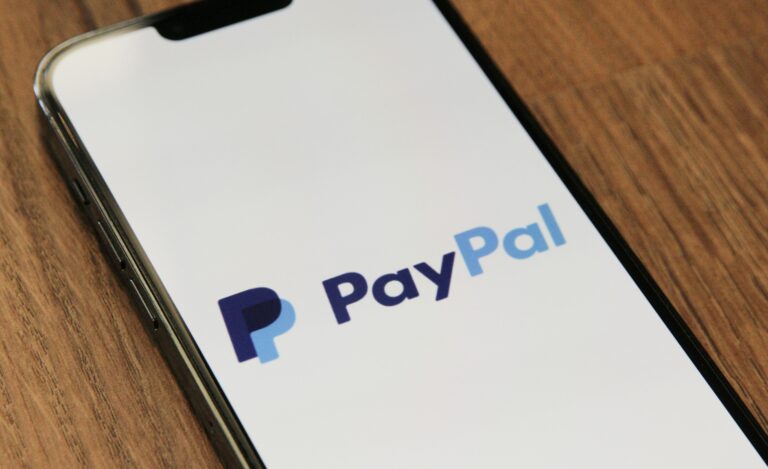
PayPal Bank? The Payment Giant’s Pipe Dream
PayPal Holdings just submitted applications to become a full-fledged financial institution in the United States. The San Jose-based payments giant filed paperwork with both the Federal Deposit Insurance Corporation and the Utah Department of Financial Institutions to establish a Utah-chartered





